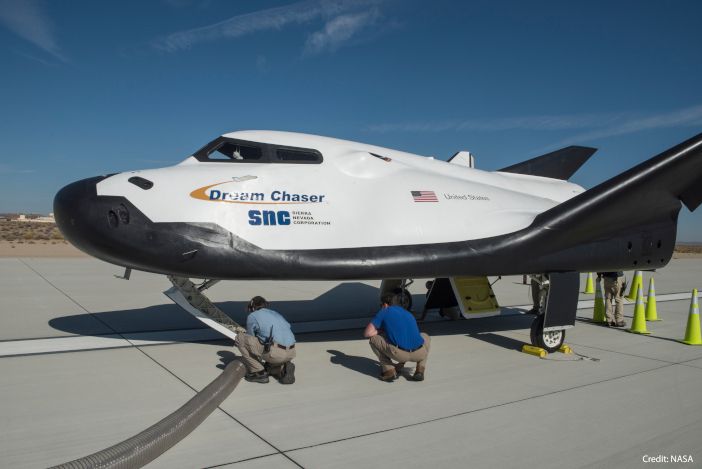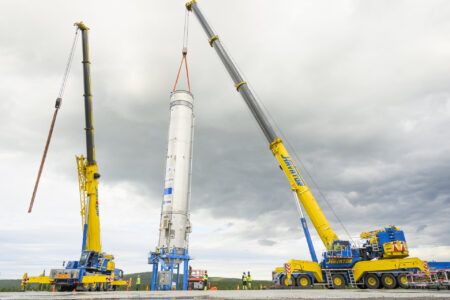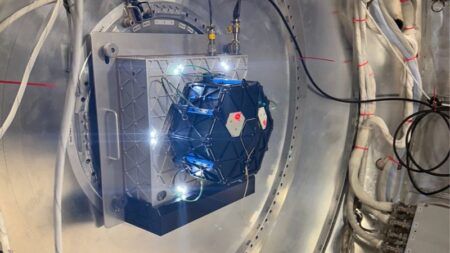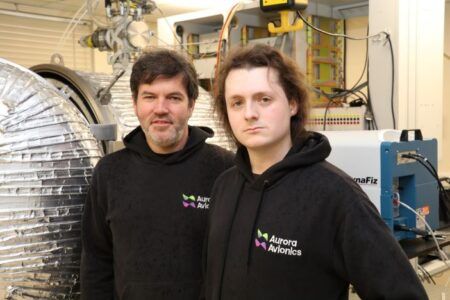Sierra Nevada Corporation’s Dream Chaser spacecraft has passed a key NASA status check for the performance of ground and flight operations.
The Dream Chaser is being developed under NASA’s Commercial Resupply Services Contract 2 (CRS-2).
As part of the contract the Dream Chaser will conduct at least six orbiting flights to the International Space Station, delivering equipment and supplies and then safely return life science and other time-critical items. The spacecraft will launch vertically on an Atlas V or Ariane 5 rocket and land on a conventional runway.
NASA’s Integrated Review Milestone 5 (IR5) tested the vehicle’s flight computers and software, mission simulator and mission control center. Test engineers also performed cargo demonstrations using mock-ups of the vehicle and its cargo module, showing loading and unloading time and efficiency.
John Curry, CRS-2 program director for Sierra Nevada Corporation (SNC) said, “This milestone is a great accomplishment for the team focused on operations development and demonstration. It shows we can operate the Dream Chaser from the ground, including getting critical science items in and out of the vehicle.”
The testing took place at SNC’s Louisville, Colorado and NASA Kennedy Space Center facilities. Data was also used from Dream Chaser’s 2017 free-flight test at Edwards Air Force Base, California, with the help of NASA’s Armstrong Flight Research Center.
“Our Dream Chaser team continues to successfully execute milestones as we move closer to getting this spacecraft into space,” said Fatih Ozmen, SNC’s owner and CEO. “The orbital spacecraft is being built and this milestone demonstrates the vehicle keeps passing key reviews and is making great strides.”
Dream Chaser’s first flight is scheduled to take place in spring 2021.





